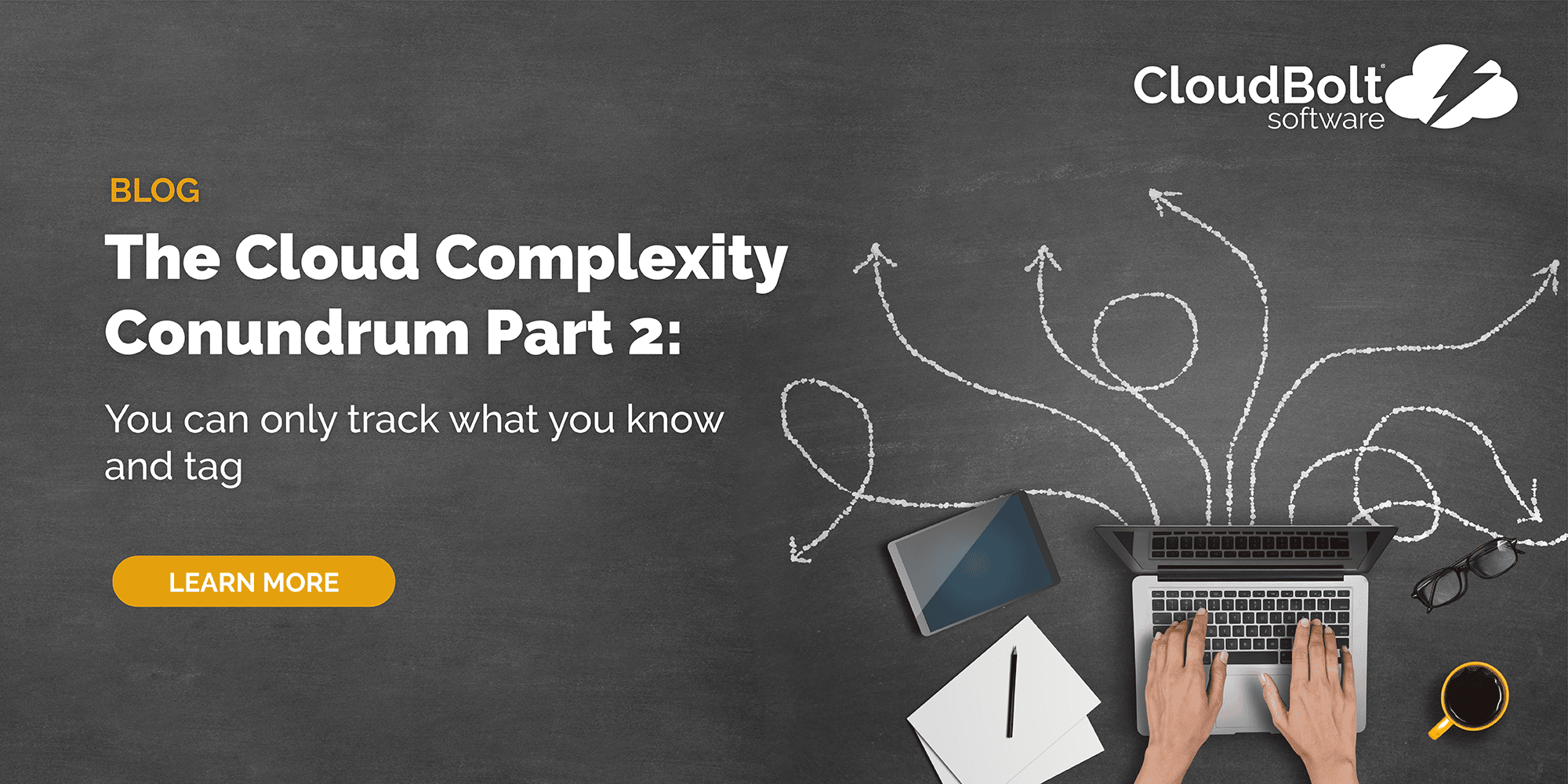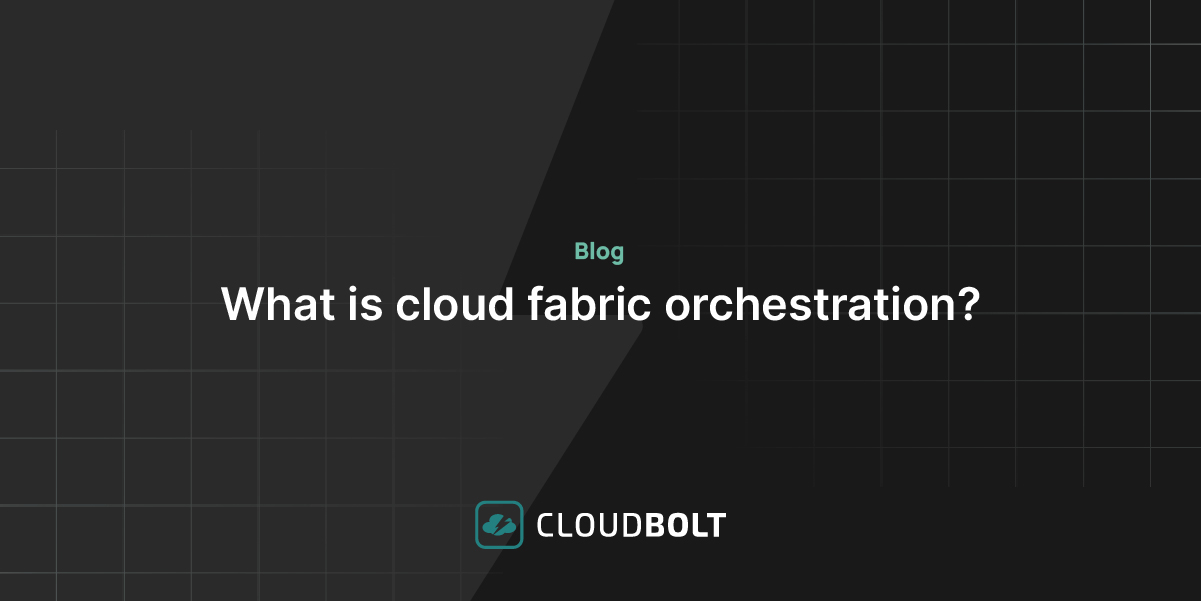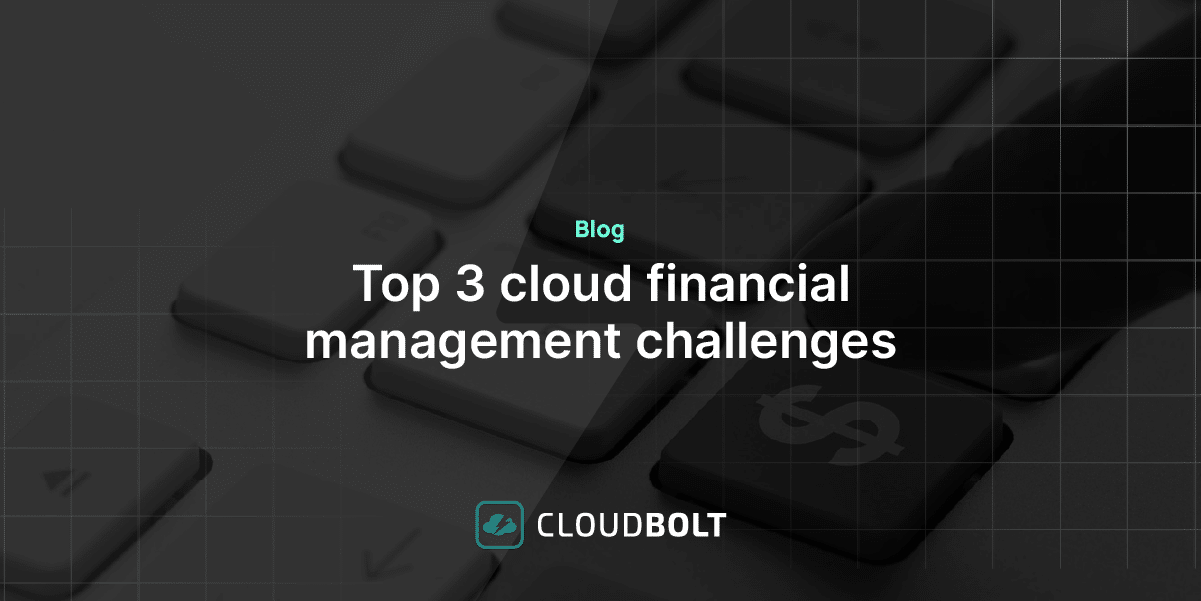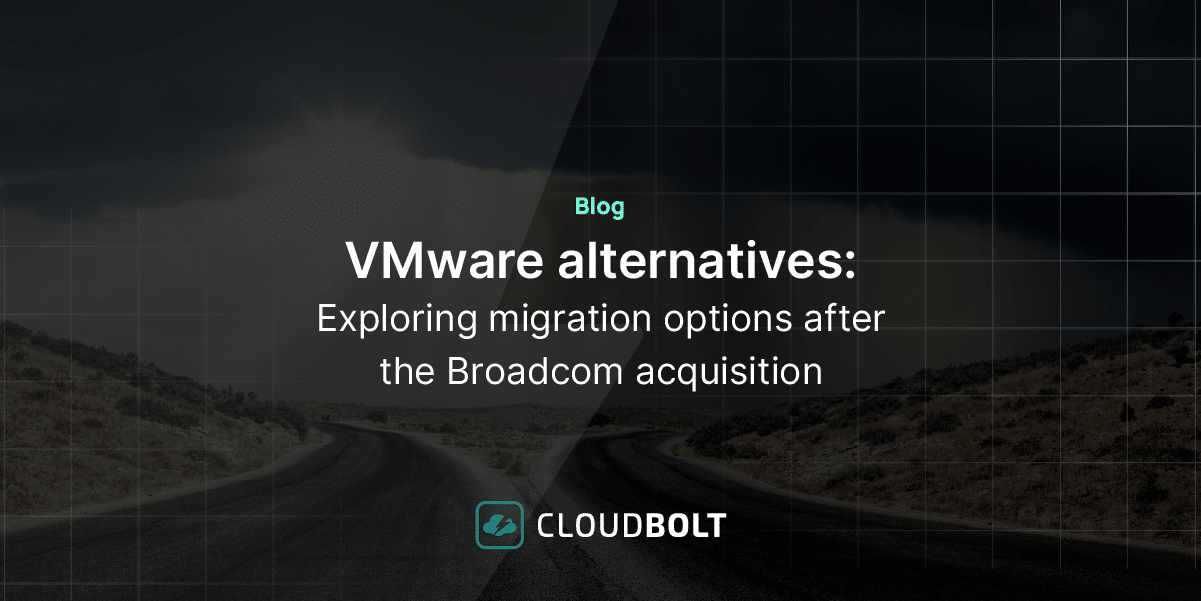
To read Part 1, click here
You can only track what you know and tag – Cost Management Only As Good As Your Cloud Management
No one is able to gain visibility into “shadow IT” – but when you provide infrastructure in minutes vs days or weeks, devs are more likely to use IT-provided resources vs going rogue and provisioning public cloud resources on their own. Cost management solutions are only as good as YOUR tagging strategy. By that I mean, if you do not tag regularly and consistently, your cost solution can only “see” what it IS ABLE TO look for; it uses tags to track and categorize. Cost solutions don’t provision and tag resources. Trying to do it manually is inconsistent at best – and inconsistency is as good as not doing tagging at all. Without diligent tagging strategy and execution, it doesn’t matter WHAT cost solution you choose; it can only do its job if it’s aware of the resources.
Peer Survey – Only 9% of respondents said they “always employ tagging” – 73% said they “sometimes used tagging”
“Can’t optimize one without the other…” – Cloud & Cost Management TOGETHER
Why have so few vendors offered these two pieces together? They are integral and vital parts of increasingly complicated multi-cloud operations. Some hypothesize that NetApp can get there with its CloudCheckr acquisition, but they lack true cloud management & automation. VMware has the pieces but their approaches are VMware-centric, complicated, and rigid (plus, being bought by Broadcom has cast a shadow over near-term and long-term innovation). That leaves CloudBolt, which has embraced this cost & automation tandem for years.
We believe in the importance of having something in place to regularly and automatically discover workloads (ones that may have slipped through the cracks). That, combined with a solid tagging strategy, are pre-requisite musts. A cost management solution without automated enforcement to ensure anomalous spend not only is remediated but doesn’t happen again is like solving a problem incompletely – which is like not solving the problem at all. (To Ponder: If cost management solution only shows/ tracks/optimizes 55% of your total cloud spend, is it worth the annual subscription fee? Could you be gaining so much more if discovery and tagging were already observed best practices?)
Multi-cloud visibility is fuzzy – Get the picture you want
All the cost management solutions have similar AWS capabilities, but where they break down is multi-cloud. They were developed in a prior era, one where there was only one public cloud that mattered. But now Azure is nearly as popular as Amazon, even GCP is rising in popularity. With 92 percent of organizations having a multi-cloud strategy in place or underway, being good at just AWS isn’t good enough anymore.
Seek out solutions with good Azure capabilities (or GCP if that is your primary or secondary option). Ensure your cost solution gives you an overall view across clouds; most today require different screens and show different information making it infinitely more difficult to compare, contrast, and optimize. Ensure flexibility in reporting. Inevitably, key stakeholders within the organization are going to want to see data and reports in new and particular ways. Reporting flexibility goes a long way after initial implementation.
Automate & Orchestrate for higher levels of security and efficiency
To reiterate, cost management solutions are not tagging solutions. They are not infrastructure provisioning, automation, and management tools either. But when used properly in combination, they become a powerful weapon. The power comes from continually identifying anomalies and bad behavior with a cost solution and then turning around and automating a process that ensures that particular anomaly or behavior doesn’t happen again with an infrastructure management solution. Common examples of this can include:
- Workloads left idle when done
- Ordering resources that are over-powered for the desired task
- Forgetting to power down compute over weekends/during off hours
- Choosing an over-priced option when cheaper & better alternatives are available
- Over-provisioning reserve instances for “savings”
Cost solutions typically only make you aware of the issues! While the first step is always identification of anomalies, the ability to ensure it doesn’t happen again is a comparative superpower. Governance to help humans be less error-prone, less forgetful, and less wasteful is essential to the next phase of Cloud.
Bottom line, EVERYONE is suffering from a labor shortage and a skills gap… you simply cannot keep throwing people at the problems. It’s error-prone (which causes even further problems), expensive, time-consuming, and doesn’t scale.
Pairing a multi-cloud cost management solution with a multi-cloud cloud management solution has become imperative.
Tips & Tricks: Your solution(s) search
Good Capabilities Across Major Clouds and vCenter
If you’re not multi-cloud today, you will be soon. Not all cost management tools have solid features across the major clouds and on-premise vCenter. Today, having advanced capabilities on AWS is table stakes. Azure is fast becoming a real competitor to AWS yet most cost management vendors have only rudimentary capabilities. GCP is even worse.
Show Me Multi-Cloud Views
Seek vendors with multi-cloud views. Many cost management vendors require you to hop between screens to “see” your multi-cloud spend. It’s annoying and eats up time. Why not show it all in a single dashboard? Similarly, seek vendors with flexible reporting. Requirements WILL change and people WILL request variations… be ready!
Pair Cloud Management with Cost Management
Ensure you have a good provisioning and automation solution that spans multiple clouds and on-prem. (If no on-prem, no problem, but nearly every enterprise has some on-premise infrastructure). This ensures you can automate away bad behavior from happening in the first place, which enables infrastructure’s to deliver continuous improvement. Ensure your provisioning/automation tool can tag resources and users. No tags = no tracking = no reports.
Related Blogs

What is cloud fabric orchestration
Understanding the Cloud Fabric The cloud fabric encompasses all the different clouds, services, applications, tools, and threads interweaving to form…

